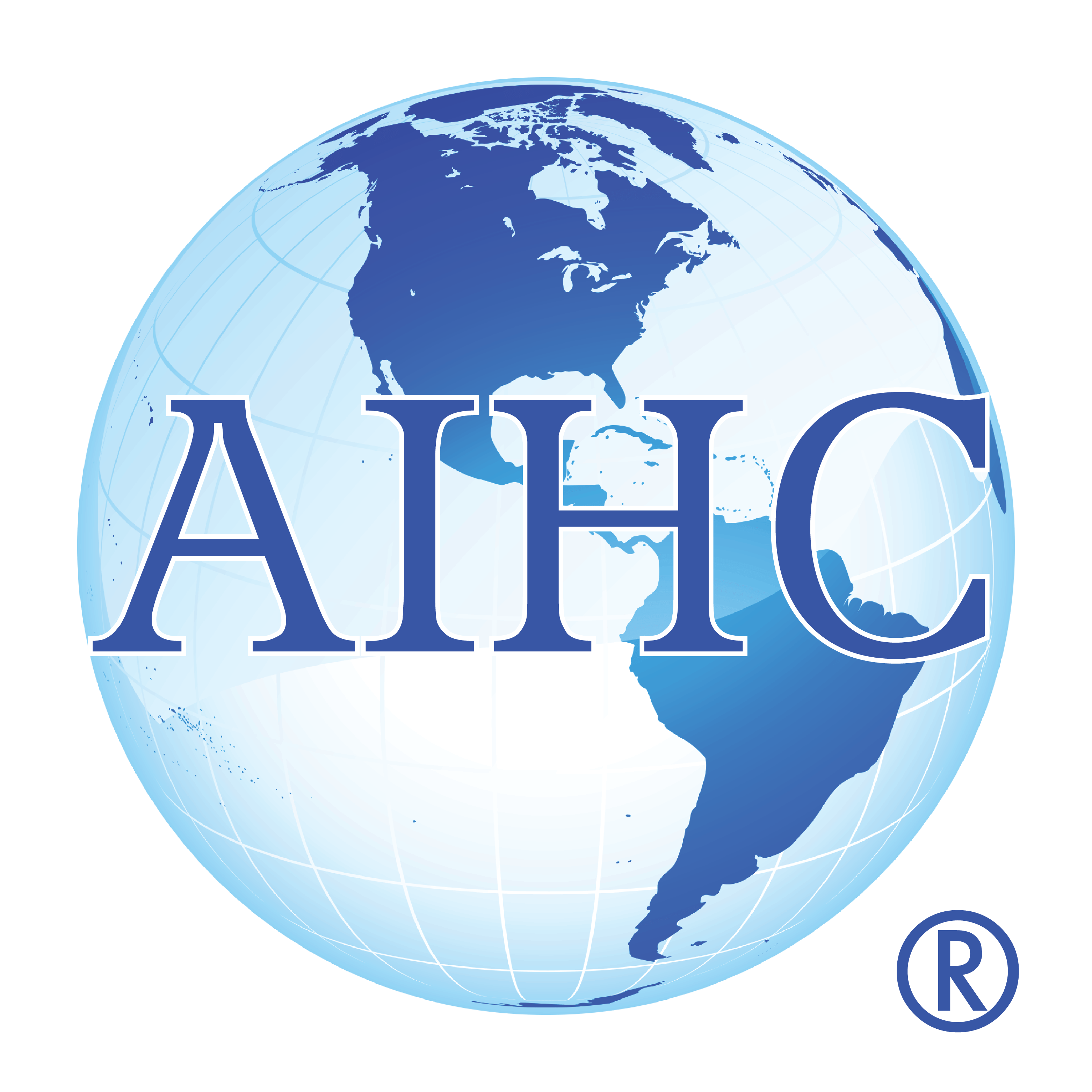Written by Dr. Stacey R. Atkins, PhD, MSW, LMSW, CPC, CIGE
Avoid sanctions, civil monetary penalties and other consequences resulting from lack of developing an ethical culture of compliance throughout all layers of your organization. This article addresses basic steps to create an effective culture of compliance in a healthcare organization.
Introduction
In today’s evolving healthcare landscape, compliance is not merely about adhering to rules—it's about fostering an organizational mindset grounded in ethics, accountability, and patient-centered care. While policies and procedures are essential, they only work when consistently upheld by a culture that values transparency, collaboration, and integrity.
This article explores the foundations of a compliance-driven culture, offering real-world examples and practical strategies to help healthcare organizations embed compliance into the fabric of daily operations.
Why Policies Alone Are Not Enough
Healthcare organizations often implement robust compliance policies to meet federal and state requirements. However, documented policies without cultural reinforcement can lead to significant risk. In 2022, for example, Sutter Health paid $13 million to resolve allegations that it submitted inaccurate information to Medicare Advantage plans, partly due to documentation practices that didn't align with federal compliance expectations (U.S. Department of Justice, 2022).
This case, like many others, highlights how written policies must be supported by ethical behavior, staff engagement, and a culture where employees understand—and believe in—why compliance matters.
Key Elements of a Compliance-Driven Culture
1. Leadership Accountability
Compliance starts at the top. Leaders must consistently model ethical decision-making, engage in open dialogue, and take visible ownership of compliance goals. In a 2023 survey by the Health Care Compliance Association (HCCA), 81% of compliance professionals stated that strong executive support is the most critical factor in building a successful compliance culture (HCCA, 2023).
2. Psychological Safety
Organizations must create environments where employees feel safe reporting concerns. The Office of Inspector General (OIG) stresses that effective compliance programs include confidential reporting mechanisms and non-retaliation policies (OIG, 2023).
A real-world example comes from the University of Miami Health System, which updated its compliance hotline protocol after an internal review revealed staff hesitancy to report incidents anonymously, fearing disciplinary action (Becker’s Hospital Review, 2021).
3. Role-Relevant Training
Generic training can result in disengagement and minimal knowledge retention. Instead, organizations should provide interactive, role-specific education that integrates real scenarios. For example, front-desk staff may need HIPAA training focused on verbal disclosures, while clinicians require deeper insight into documentation and informed consent.
4. Compliance Champions
Designating compliance ambassadors within organizations helps reinforce policies through peer modeling and encourages early identification of concerns. Champions can attend monthly briefings, facilitate team discussions, and elevate issues in real time.
The Role of Multidisciplinary Teams
Every discipline within healthcare interacts with compliance differently. A registered nurse may encounter issues with medication documentation, a billing specialist may question coding irregularities, and a social worker may balance confidentiality with mandated reporting.
When these roles operate in silos, important compliance insights can be missed. Organizations like Kaiser Permanente have implemented interdisciplinary compliance councils to bridge communication gaps, share observations, and build mutual understanding across roles (Kaiser Permanente, 2020).
Embedding Compliance in Daily Practice
To make compliance part of daily operations, consider the following:
- Routine Huddles: Use brief team meetings to explore ethical concerns or clarify unclear procedures.
- Visual Dashboards: Display progress on compliance goals or audit outcomes to reinforce accountability.
- Feedback Loops: Encourage staff to anonymously share observations or suggest improvements.
- Ethical Storytelling: Share lessons from real incidents (redacted) to show the practical impact of compliance success—or failure.
Common Barriers and Solutions
Barrier | Solution |
Burnout and compassion fatigue | Integrate wellness and compliance initiatives. Emphasize that well-rested staff are more alert and compliant. |
Fear of retaliation | Publicly reinforce non-retaliation policies. Offer leadership training on how to handle reports respectfully. |
Check-the-box mentality | Break trainings into micro-learning modules with real examples. Make them interactive. |
Siloed communication | Establish interdepartmental compliance committees or shared reporting tools. |
Measuring a Healthy Compliance Culture
A balanced approach includes both measurable data and lived experiences. Indicators include:
- Quantitative: Hotline usage trends, audit compliance scores, time-to-resolution metrics for reported issues.
- Qualitative: Team members openly discuss compliance, seek clarification without hesitation, and share real-time feedback with leadership.
For example, Johns Hopkins Medicine publishes an internal compliance scorecard and encourages departments to review and discuss the results in staff meetings (Johns Hopkins Compliance Office, 2023).
Conclusion
An effective compliance program is more than documentation—it’s a culture shaped by people, reinforced through daily actions, and supported by intentional leadership. As healthcare systems face increasing regulatory scrutiny and public accountability, building a compliance culture is no longer optional. It’s a strategic imperative that protects both patients and providers.
Organizations that succeed in this space do so not by fear or formality, but by fostering an environment where doing the right thing is encouraged, expected, and consistently practiced across all disciplines.
About the Author
Dr. Stacey R. Atkins, PhD, MSW, LMSW, CPC, CIGE
Dr. Atkins is a Compliance Specialist working as a team member in the Education Department of the American Institute of Healthcare Compliance. Her career spans leadership roles with the Office of the State Inspector General, Department of Behavioral Health and Developmental Services, and HRSA, among others.
References
- Becker’s Hospital Review. (2021). University of Miami Health System strengthens compliance hotline after internal audit. https://www.beckershospitalreview.com
- Health Care Compliance Association. (2023). 2023 Compliance Effectiveness Survey Results. https://www.hcca-info.org
- Johns Hopkins Medicine Compliance Office. (2023). Compliance Program Scorecard Overview. https://www.hopkinsmedicine.org
- Kaiser Permanente. (2020). Promoting Interdisciplinary Engagement in Compliance. Internal Compliance Briefing.
- Office of Inspector General (OIG). (2023). Compliance Program Guidance Documents. https://oig.hhs.gov/compliance
- U.S. Department of Justice. (2022). Sutter Health to Pay $13 Million to Settle False Claims Act Allegations. https://www.justice.gov/opa/pr
Copyright © 2025 American Institute of Healthcare Compliance All Rights Reserved
